Holi 24 & 25 March 2024: Significance & Auspicious Time
Holi is a festival that is celebrated all throughout the Indian subcontinent & represents victory of good over evil. Astrologically, Holi is celebrated on the day of Full Moon when Sun is in Aquarius & the Moon in Leo, which represents fire. But the Moon is not affected negatively since the Sun in Aquarius shines heavenly light on everyone, destroying the negative energies.
Holi, the festival of colors, is very important in our life. This festival serves as a reminder to never harbor grudges against anyone for anything; instead, make the most of the moment by getting involved wholeheartedly. The purpose of the festival is to ultimately triumph against evil.
Claim your unique 30 page FREE Horoscope by filling the form below. We follow Vedic Astrology principles & methods for highly accurate reading.
Evil is a representation of our ignorance about life's processes, such as wrath, hatred and resentment, which act as hurdles to our own growth. Holi falls on Phalguna Purnima, which occurs in February or March. This day, also known as Vasant Mahotsav or Kama Mahotsav, is said to cleanse us of all bad energy with the help of the Divine.
Holi 2024: Auspicious Time
Holika Dahan: 24 March 2024
Holika Dahan Puja Muhurta: 6:35 PM - 8:58 PM
Dhulandi (celebration with colors): 25 March 2024
Puja Materials & Process
To establish the prayer (Puja) set up, you will need:
- One bowl of water, cow dung cakes.
- Unbroken rice, Holi thread or roli.
- Incense sticks.
- Flowers, turmeric powder, colors, coconut, unbroken lentils, and sweets.
- Additionally, you may grow grains in a little pot and use it for your Pooja.
The Holika (bonfire) place should be well cleaned with Ganga Jal (water from River Ganga) and cow dung. A big wooden pole is to be positioned in the middle, encircled by a variety of logs and embellished with cow dung beads and cow dung idols of Holika and Prahlad.
The entire pile is embellished with cow dung decorations, including swords, shields, the sun, moon, and stars. People pray for the elimination of negativity and evil, the bestowal of bravery, and the blessing of success in one's life when the sacred pyre is lit ablaze. Soon after, sweets are distributed.
What is the Astrological Significance of Holi?
Holi, which is celebrated on the day of Full Moon in the lunar month of Phalguna, when the Sun is in the Purva Bhadrapada constellation in Aquarius and the Moon is in the Purva Phalguni constellation in Leo, has significant astrological significance.
These two cosmic deities – the Sun (representing Soul) and the Moon (representing Mind) – are what give life to the planet. Jupiter is the nakshatra lord of the Sun, while Venus is the nakshatra lord of the Moon. Both are known as Guru or Teacher, with Jupiter representing Devguru (Angels) and Venus representing Asuraguru (Demons).
As a result, the Moon, which is in Leo that represents fire, is not affected negatively on this day since the Sun shines heavenly light on everyone. The evil energies are destroyed and changed into positive ones. It is auspicious to perform Vastu Shanti Yagya, Hanuman Puja and Lord Vishnu Puja on this day.
What is the Mythological Significance of Holi?
Hiranyakashyap, a demon king who thought of himself as God, used to torment people if they refused to worship him. Apparently, the King's fury and hatred increased when his son Prahalad started to worship Lord Vishnu. He made many attempts to murder his own son but was unsuccessful.
In the end, Hiranyakashyap urged his sister, Holika, to enter a burning fire while holding Prahalad in her lap since she had a boon to escape the fire unharmed. However, after witnessing Prahalad's devotion, Lord Vishnu preserved his life, and Holika was punished for her evil act. This rite serves as the basis for the Holika Dahan tradition.
Holi also represents Radha and Krishna's divine love. Holi festivities have become popular due to Krishna's color-related joke on Radha and the other Gopis. In Mathura and Vrindavan, Krishna devotees begin the month-long Holi celebration with colorful displays that welcome everyone with joy and Divine Love in honor of Lord Krishna and Radha.
In the southern region of India, it is commemorated by honoring Kamadeva's sacrifice, who put his life in danger to awaken Lord Shiva from meditation and prevent the destruction of the world.
What is the Cultural Significance of Holi?
The mythical tales associated with Holi have a lesson to teach us about the strength of truth and how to ultimately triumph against ignorance and evil. All these stories have emphasized the importance of leading moral lives and upholding the value of honesty.
Holi is celebrated during a time of year when the crops produce a good harvest, giving people cause to be happy and immerse themselves in the Holi spirit.
Holi is a two-day festival, with the first evening of the festival, Holika Dahan or Choti Holi, starting on the day of Full Moon. At these times, bonfires are lit to drive away evil. The second day is Holi, a festival of colors and water, that symbolizes unity and diversity.
What is the Social Significance of Holi?
The Holi festival is a time to make amends, repent and forgive previous feelings of resentment that could have affected your relationships. Holi celebrations are organized by inviting close friends and family members. Everyone enjoys a meal and being together, and in certain traditions, people also share gifts and sweets.
Non-Hindus also celebrate this festival.
What is the Scientific Significance of Holi?
Playing with natural colors and flowers stimulates our bodies' natural ability to regenerate and renew itself. Ailment is brought on by a lack of a specific color in our bodies, which may be treated by adding that color. Different colors have different meanings. For example:
- The color red represents marriage and fertility.
- Yellow represents joy, education and learning.
- Green symbolizes new beginnings, vitality and freshness.
- The color orange represents life and forgiveness.
- Pink symbolizes compassion, love and optimism.
- The color purple connotes new possibilities, magic and mystery.
Also, Holi occurs during the winter-spring transformation period, during which bacteria grow both in the environment and the body. A day before the celebration, the temperature starts turning quite hot. The heat from the Holika Dahan destroys the bacteria in the body and fully cleanses it when the Parikrama (circling the fire) is done.
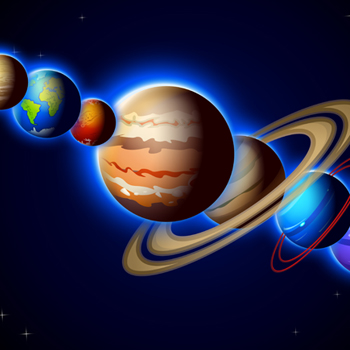
Vimsottari Dasa Reading
The interpretation of Vimsottari Dasa and its Antardasha and Pratyantra Dasa is intricate work that entails an analysis of the strength of each planet, their position from each other, the houses they own as well as their nakshatra placement, not to mention the strength of the planet that owns the house it occupies. To find the true results of each dasa in your life, get a Vimsottari Dasa Reading by our Vedic astrologer to time events in your life most accurately without the use of AI. Learn about your best period for career, love, finances, and public recognition. more
2026 Horoscope Reports
Translate
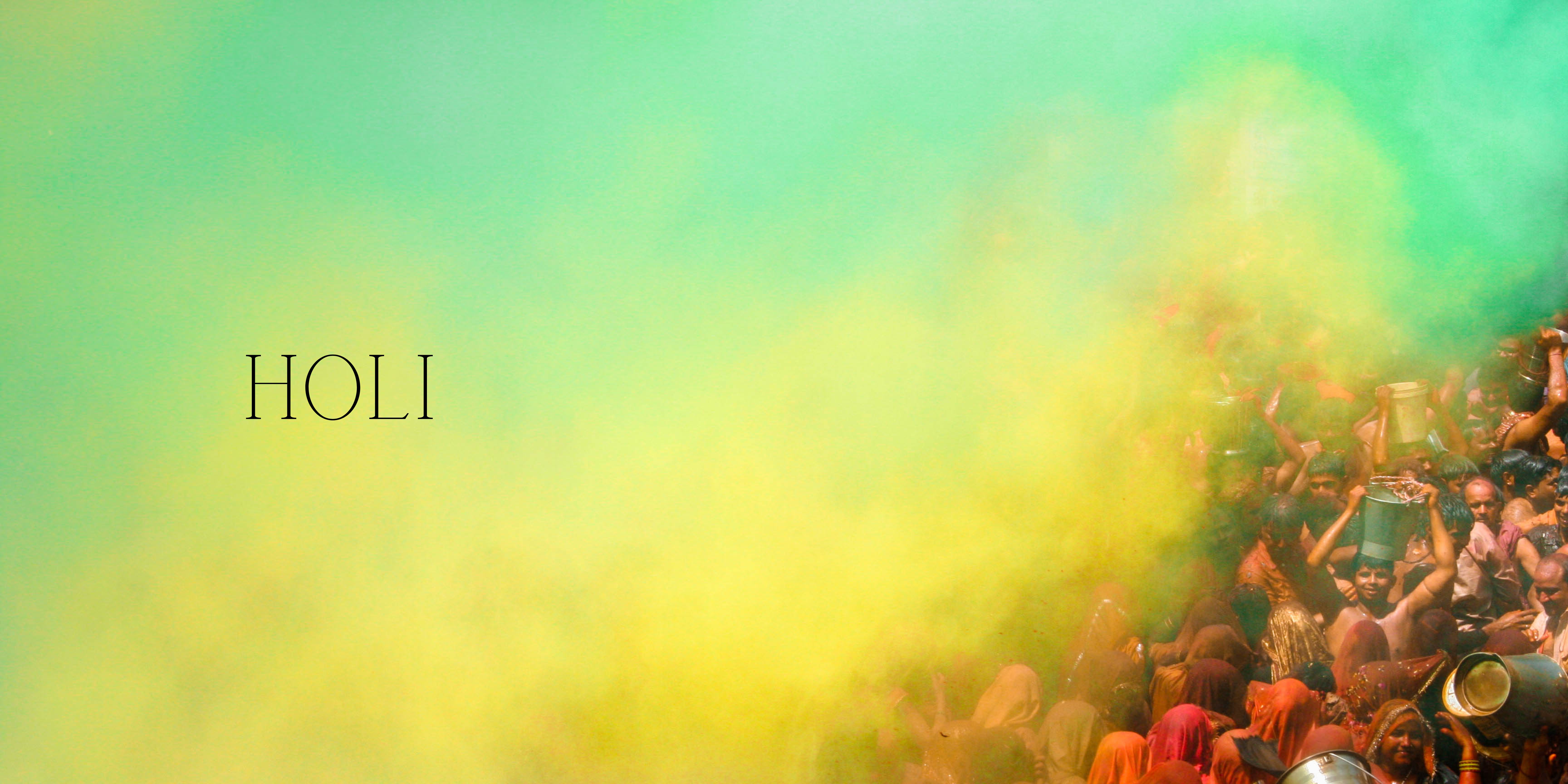
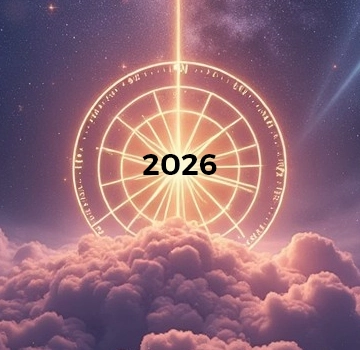
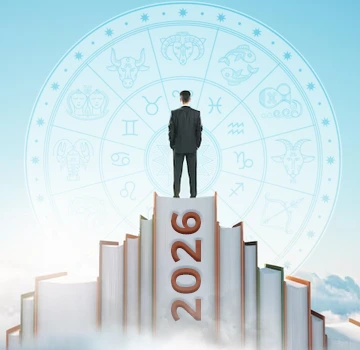
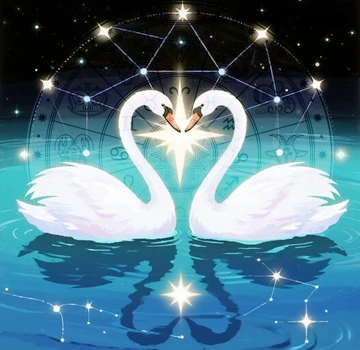
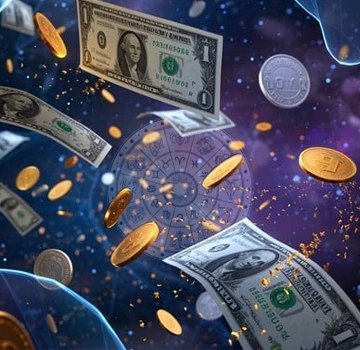
.jpg) Lord Rama's Horoscope
Lord Rama's Horoscope
 What Should You Do to Attract Prosperity on Dhanteras?
What Should You Do to Attract Prosperity on Dhanteras?
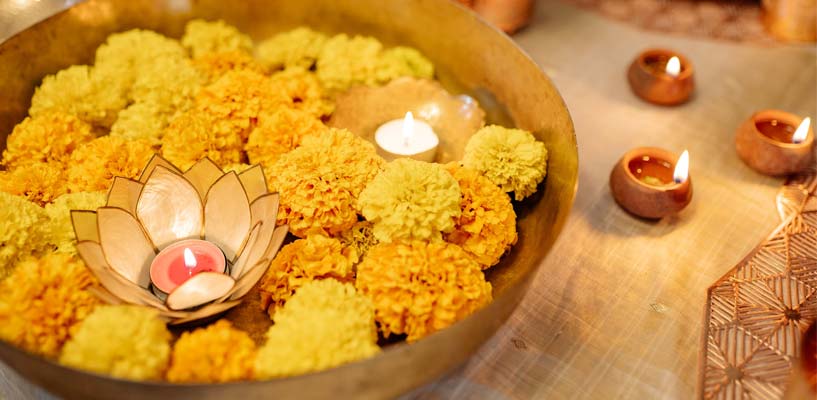 Astrological Significance of Decorating your House on Diwali
Astrological Significance of Decorating your House on Diwali
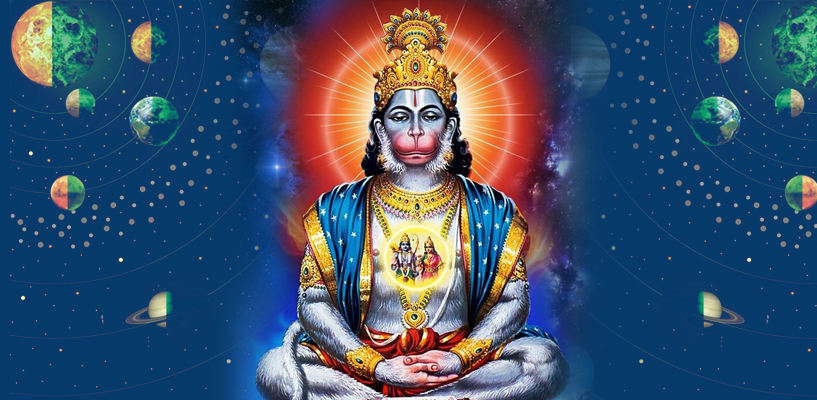 Why We Should Worship Lord Hanuman!
Why We Should Worship Lord Hanuman!
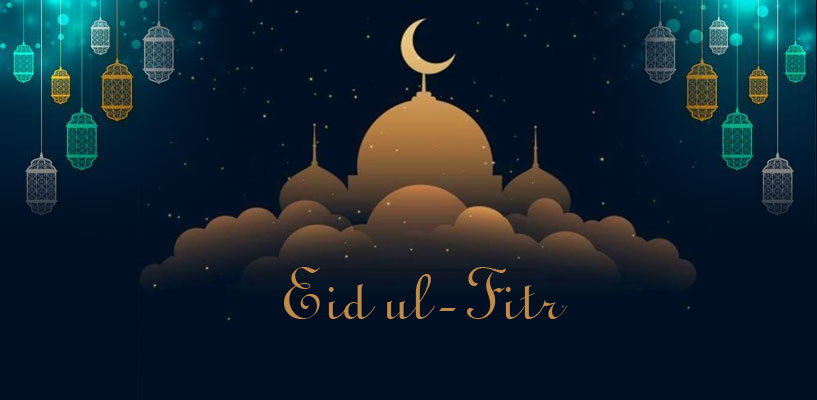 Eid-Ul-Fitr 2022 - A Complete Guide
Eid-Ul-Fitr 2022 - A Complete Guide
